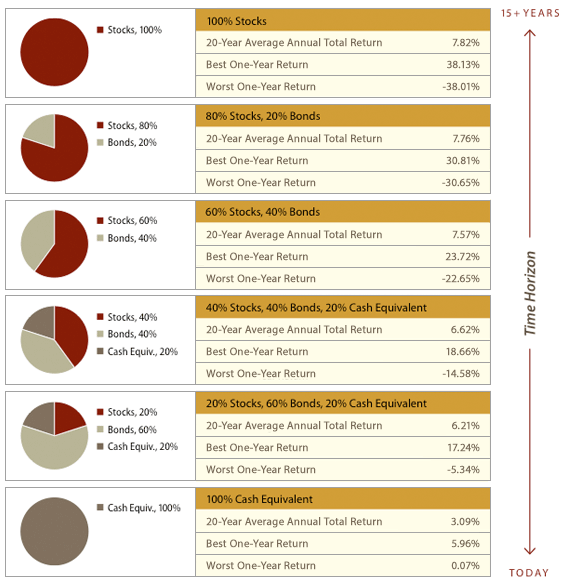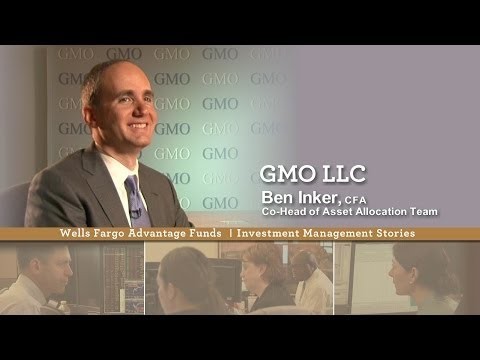Bond Yields and Distribution Rates Wells Fargo Advantage Funds
Post on: 29 Май, 2015 No Comment

Bond Fund Yields and Distribution Rates
One of the main attractions of a bond fund investment is the stream of income that it seeks. When investors compare different bond investments, they tend to look at the income potential, or yield, of the fund. However, there are a few different methods of calculating and stating yield, which may make it difficult to compare those investments. Here are definitions of the most commonly used figures.
Current Yield
Current yield is quoted in many advertising and shareholder reports. It’s a rather complex formula mandated by the Securities and Exchange Commission (SEC), which is why many people also refer to it as SEC yield.
Basically, the SEC standardized yield uses a fund’s net income over the preceding 30 days to project an annualized yield. 1 Although this is not an indicator of future earnings, SEC yield does give you a yardstick for comparing the results of different funds from different fund companies.
Monthly Distribution Rate
While the SEC yield’s calculation is standardized, the formula for distribution rate – also called distribution yield – can vary. Most fund groups quote distribution rate as a monthly 30-day figure. Like SEC yield, a fund’s 30-day distribution rate uses the previous month’s income to project an annualized figure.
Even though SEC yield and 30-day distribution rate cover the same time period, it’s not unusual for those two numbers to differ. One reason is the way they treat certain classes of securities. Preferred stock, bonds purchased at a discount or a premium, foreign bonds, and mortgage-backed securities are all handled differently by each calculation.
Annual Distribution Rate
Because of the potential discrepancies, many popular publications – Money Magazine and Morningstar, Inc.’s fund reviews, for example – prefer to use an annual distribution rate that represents the actual income paid out over the past twelve months.

Since they cover different time frames, the two methods usually produce different yields. For instance, in a falling interest-rate environment, a fund’s 12-month distribution rate is likely to be higher than its 30-day rate, since the annual figure includes income earned during the prior months when rates were higher.
If you have additional questions regarding yields and distribution rates, please e-mail us or contact a representative at 1-800-359-3379. 24 hours a day, 7 days a week.
Bond values fluctuate in response to the financial condition of individual issuers, changes in interest rates, and general market and economic conditions.
1 The formula used to calculate the SEC yield is described in detail in the Fund’s Statement of Additional Information and is designed to standardize the yield calculations so that all mutual fund companies with the same or similar portfolios use a uniform method to obtain yield figures for their non-money market advertisements. SEC yields include the actual amount of interest earned adjusted by any gain or loss realized due to the return of principal, less expenses and the maximum offering price calculated on a 30-day month-end basis.
Calculating the 30-Day Distribtion Rate. First, divide 365 by the number of business days in the month. Take that result, and then multiply it by the acural income distributed during the month. Finally, take that result and divide it by the NAV at the beginning of the month.
Calculating the 12-Month Distribtion Rate. Divide the income per share received during the past 12 months by this figure the current NAV plus the past 12 months’ per share capital gains.














